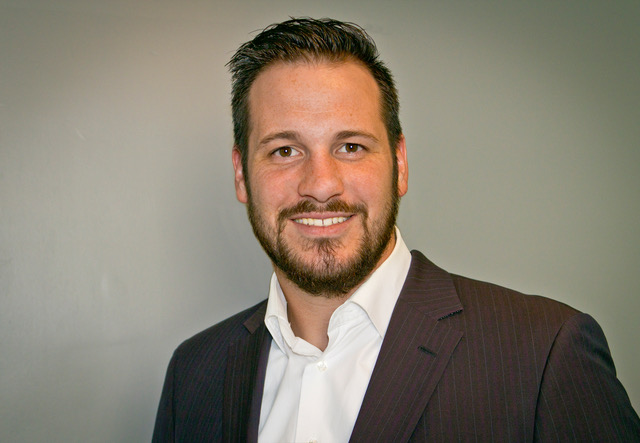Looking Hard at Your Brand, Product Offerings


How many of us get stuck in a rut and spend too much time working with blinders on? We get caught up in our day-to-day; we get comfortable with business as usual, and we rarely seem to take a step back to look at the products we’re offering. How often do you take a hard look at the brands you offer, or even the individual products?
It’s easy if you’re adding a new vertical, but not so much when it’s an existing line. Honestly, when it comes to some of our main lines, I would rarely ever consider it. I’m not likely to give someone an opportunity to pitch me on a different control company or a different lighting company, as they’d be fighting an uphill battle. But even if you’re not likely to jump on something new, maybe it’s time to reevaluate what you’re working with.

PHOTODISC/THINKSTOCK
This week, I had the opportunity to meet with a mount manufacturer who we don’t do much business with. Over the course of our conversation, we were able to discuss their line, and specifically a few products that we use on a regular basis. It allowed me to reflect on how my company evaluates things:
1. The Manufacturer Aspect: When we look at replacing an existing line, I always take a good look at the manufacturer. It’s easy to look at just the product that applies to your business, but all too often we overlook the manufacturer. Do they support their dealers? Do they actively participate in direct to consumer sales? Do they have a history of long shipping turnarounds, or worse, are they consistently promoting vaporware? Some of these may not apply, or the manufacturer’s history may not actually apply, but you need to take it all into account. The weight you give each of these questions depends on the product, how critical it is to your business, and how much you’re investing in it.
2. The Product Aspect: Does the product actually work better then what you’re already using? Often times many companies make products that do virtually the same thing (don’t tell any marketing departments I said that). This is when you have to look past the actual product and look at what it touches. Does it mean shorter programming times, can it work with a standard cable versus something proprietary? If I haven’t told you to look at the products’ feature set yet, that’s because you already know how to do that.
3. The Money Aspect: This one is arguably the easiest and can be tied to the product aspect as well. When you look at the money side of things, too often we get distracted by the MSRP on the sticker. But this isn’t 1999, and you shouldn’t be selling boxes anymore, so you need to determine the extended cost of any new product. Can you swap a new product in without any changes to your supply chain, or will you take a hit by needing additional time to ship it? Maybe you can source it with free shipping, or bundled pricing. Can you shorten programming time to integrate the new product? Can it simply save you an extra RU?
A daily selection of the top stories for AV integrators, resellers and consultants. Sign up below.
Adding a new product is never easy, but once you take time to step back and evaluate what you’re using and other products that may fit the bill, you may find a great new line that can save you money and headache. But you may also find you’re using the best possible product in your projects. But hey, at least now you know!
Pick and Choose
Too often we fixate on an all-or-nothing approach to our product lines. You’ve heard it before: “We’re an X house, we don’t use anything else,” and while that’s perfectly alright, it may also be limiting.
I was recently talking with another integrator, and his firm is one of those “We use X” kind of companies. But while they spec one line of product in this category, he was telling me about a new product from another company, one that fits a specific-use case, and importantly, offers more features than anything his main line offers—all at one-third of cost. Is he looking at switching his entire line? Not a chance. But, he’s found a product that solves a problem and saves him money, which together gives him a better solution for his customer.
- We often overlook a problem-solving product because we don’t want to get a whole line, so we disregard the whole package when there is one product in that line that could be saving bacon. Plus, if you keep an open mind, you may afford yourself an opportunity to build a better solution.
Matt D. Scott is the president and founder of OMEGA Audio Video, in London, Ontario, Canada. Scott had his first encounter with pro audio at age six when a PA loudspeaker fell, cracking his head, and leaving a scar to this day. After mopping up the blood, Scott started his AV career, which has continued ever since. See more at omegaaudiovideo.com and mattdscott.com.

